- Home
- Academic Success
- Learning Styles
- Visual Learning Style Strategies
Visual Learning Style Strategies: Enhancing Your Academic Journey Through Seeing
Welcome to this comprehensive guide focusing on visual learning style strategies designed for adult learners in universities and colleges.
If you're someone who learns best through visual observation and enjoys absorbing knowledge through seeing, you've come to the perfect place!
Throughout this guide, I'll explore a variety of visual learning style strategies tailored to visual learners, aiming to enhance your academic journey significantly.
These strategies will equip you with the tools to tackle your studies and any challenges that come your way with confidence and proficiency.
Understanding Visual Learning
Visual learning is all about grasping information through sight and observation. If you connect with images, diagrams, charts, graphs, and visual aids, you're a visual learner.
There are several visual learning style strategies that you can use. Let's examine them, and you can choose the ones that work best for you.
Visual Learning Style Strategies
Five visual learning style strategies are presented. Select which one (or ones) appeal to you and use them wherever possible. You will become more proficient with them the more you use them.
Strategy 1: Embrace Visual Aids
Visual Aids
Visual aids are powerful tools that can enhance your understanding of complex subjects. Here are some common types of visual aids you can use:
- Diagrams: Visual representations that simplify complex concepts by using shapes and labels to illustrate relationships and processes.
Figure 1 is an example of a flowchart that describes how to create a cost management plan in a project.
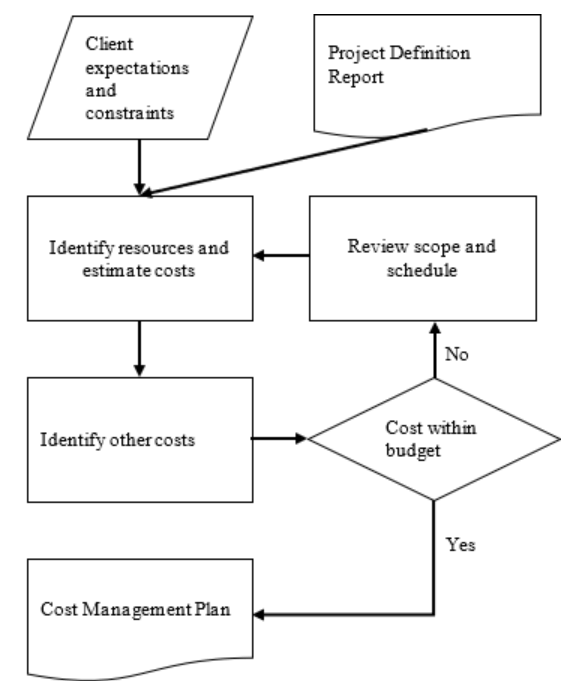 Figure 1: Flowchart to Create a Cost Management Plan
Figure 1: Flowchart to Create a Cost Management Plan- Charts and Graphs: These present data and information in a visual format, making it easier to comprehend trends and patterns.
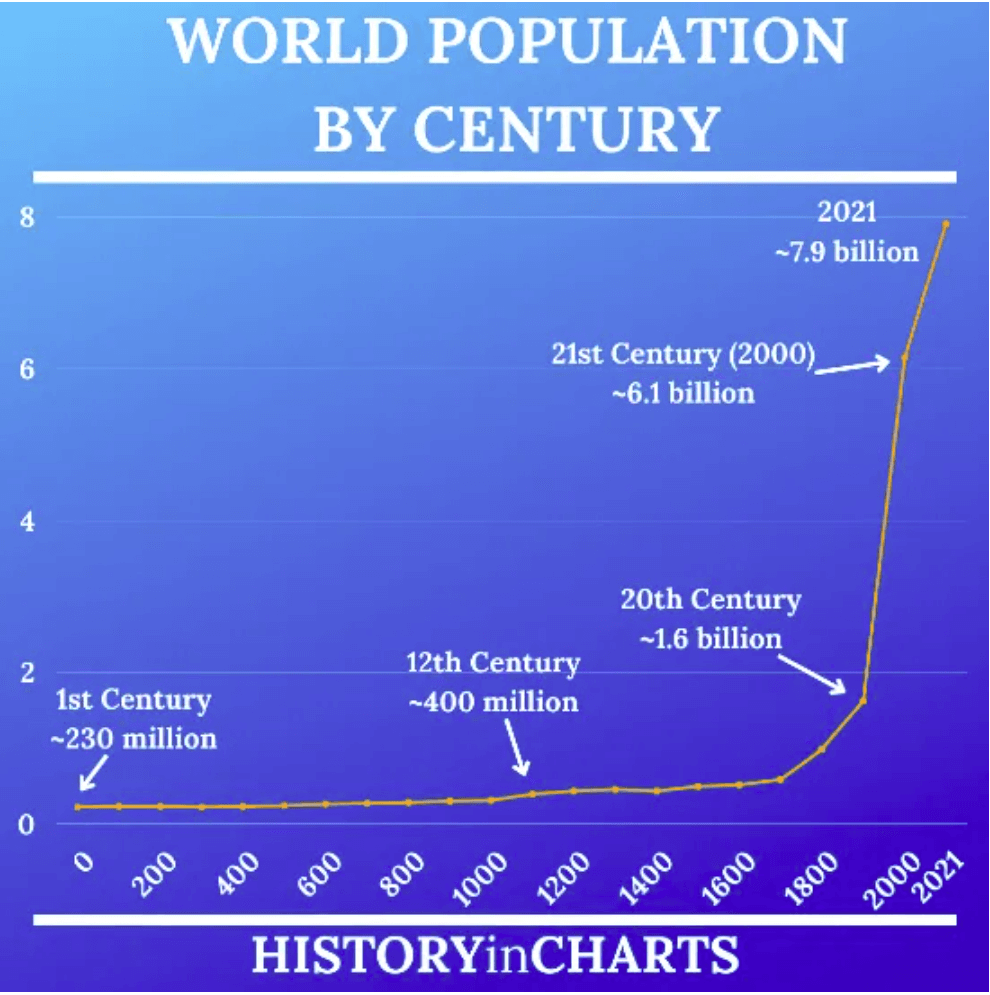 Figure 2: World Population By Century
Figure 2: World Population By CenturySource: History in Charts Centuries of Growth: World Population by the Numbers - History in Charts
Looking at the chart, you can quickly see that the world's population increased gradually until the twentieth century but increased rapidly after that.
- Infographics: Combination of images, charts, and text to convey information in a visually appealing and easy-to-understand manner.
Figure 3 is an example of an infographic that clearly presents data and information to show the countries with the oldest populations and the expected trend.
- Videos: They serve as a valuable tool for visual learners because they combine both visual and auditory elements to enhance the learning process.
When you watch a video, you're presented with images, animations, or real-life demonstrations, which help to illustrate concepts and ideas effectively.
This visual representation makes it easier to understand complex topics, as you can see how things work in real life or follow step-by-step explanations.
The following video has both visual and auditory elements which makes it suitable for a visual (and an aural) learner.
How to Get the Most from Visual Aids
Consider the following to enhance your experience with visual aids:
- Choose Quality Visuals: Look for clear and well-designed visual aids that effectively convey the information you need to learn. They are easy to see and make sense of. These visuals are made in a way that helps you understand the information they are trying to show. They are not confusing or messy.
- Pay Attention to Details: Examine the labels, legends, and captions in the visuals to fully understand the context and meaning.
- Practice Interpretation: Continually work with diverse types of visual aids to improve your interpretation skills. This will make it easier to extract key information quickly.
- Connect with Course Material: Relate the visual aids to your course material and textbook content. Visuals can often serve as valuable summaries and memory aids.
- Seek Interactive Learning: Use online platforms and software that offer interactive visual learning experiences, allowing you to engage with the material actively.
Strategy 2: Utilize Flashcards
Flashcards
Flashcards are a simple yet effective tool for visual learners. They help reinforce your memory and retention of key facts, concepts, and terms.
Figure 4 is an example of a flashcard that I created. I have made the answer more visually appealing. The yellow color is associated with gold. Australia produces gold. "Au" are the first 2 letters of "Australia".
Note: Australia is not the only country that produces gold.
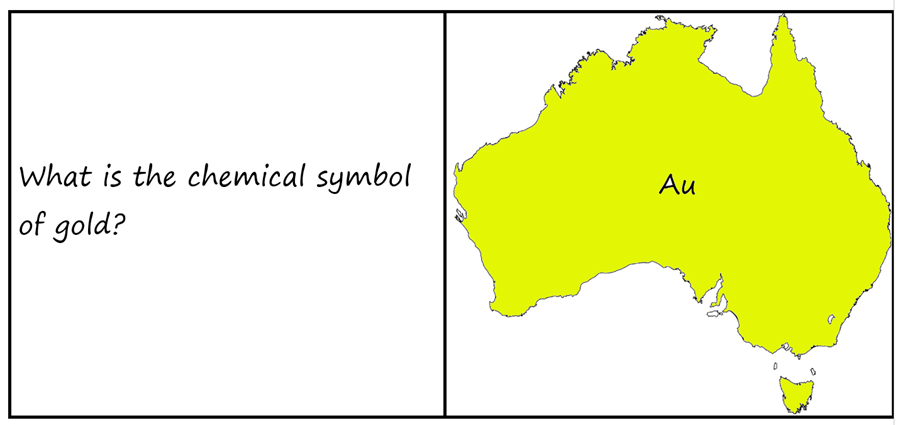 Figure 4: Example of a Flashcard
Figure 4: Example of a FlashcardHow to Get the Most from Flashcards
Consider the following to enhance your experience with flashcards:
- Create Your Flashcards: Making your own flashcards allows you to personalize the content and focus on the information that you find most challenging.
You will need a stack of index cards and some pens or markers.
Write a question or a prompt on the front side of the index card.
Keep it concise and focused on the key information you want to remember. On the back side, write the answer to the question or prompt. - Use Colors and Visuals: Add color-coded categories or images to your flashcards to aid in memory recall and association.
- Review Regularly: Set aside regular study sessions to review your flashcards. Repetition is key to solidifying your understanding.
- Engage in Quizzes: Test yourself or have a study partner quiz you with flashcards. This interactive approach enhances learning and reinforces memory.
Strategy 3: Mindful Notetaking
Notetaking
"Notetaking" is when you write down vital information from lectures, books, or other sources. You capture the main ideas and facts so you can review them later. When you're notetaking, you might jot down key points, dates, and explanations to help you remember what has been presented.
What is the difference between "notetaking" and "mindful notetaking"?
Mindful notetaking goes a step further. It means you're not just writing down words, but you're thinking carefully about what you're writing. It's like being more engaged with your notes.
When you practice mindful notetaking, you pay close attention to the information, understand it, and then put it into your own words.
For visual learners, notetaking can be an effective way to organize and process information.
How to Get the Most from Mindful Notetaking
Consider the following to enhance your note-taking experience:
- Additional information: Add your thoughts, questions, or connections to what you're learning. When you review these notes later, they'll make more sense because you've taken the time to really think about the information as you wrote it down.
- Use Visual Elements: Include sketches, diagrams, and bullet points in your notes to visually represent key ideas.
- Color Coding: Use distinct colors to highlight and categorize information. This helps you quickly identify and review important points.
- Outlines: Create structured outlines to help you see the hierarchy and relationships between different topics.
- Review and Revise: Regularly review and revise your notes to reinforce your understanding and retention of the material.
Mindful notetaking while listening to a lecture might sound challenging, but with some techniques, you can do both effectively. Consider the following:
- Stay Focused: Pay full attention to the speaker during the lecture. Listen carefully to what they are saying. Try to catch the main ideas and important points.
- Use Abbreviations: Instead of writing full sentences, use abbreviations or short phrases to capture key points quickly. This way, you can keep up with the speaker and still write down essential information.
- Keywords and Phrases: Write down keywords and short phrases that summarize the main ideas. These can trigger your memory when you review your notes later.
- Use Symbols and Arrows: Develop your symbols and arrows to indicate relationships between ideas. For example, an arrow could mean cause and effect, or a star could denote something important.
- Listen for Signals: Often, speakers will emphasize vital information using phrases like "The key point is..." or "Remember that...". When you hear these signals, make sure to note down what follows.
- Active Listening: Engage with the material as you write. Try to relate what the speaker is saying to what you already know. This will help you understand and remember the information better.
- Paraphrase in Your Own Words: As you write, try to rephrase the speaker's points in your own words. This shows that you're understanding the content and processing it.
- Leave Space: If you miss something, leave some space, and come back to it later. Don't stress about capturing every single word. Focus on the main concepts.
- Review and Complete: After the lecture, take some time to review your notes. Add more details, explanations, and examples if needed.
- Practice: It might take some practice to get comfortable with mindful notetaking while listening. Keep trying, and you'll improve over time.
Remember, the goal is to strike a balance between listening actively and capturing essential information.
Figure 5 shows an extract from some mindful notes on King Henry VIII's health.
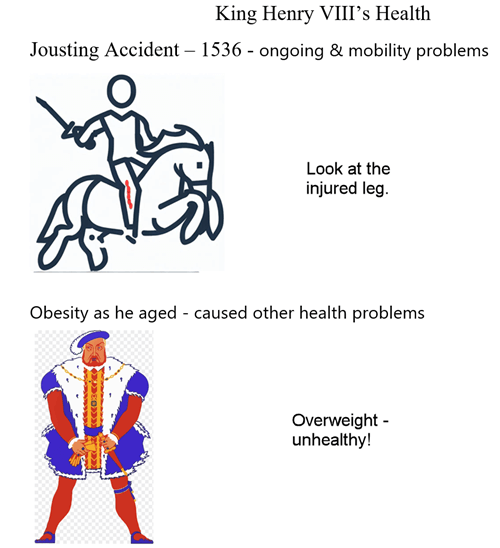 Figure 5: Extract from Mindful Notes on King Henry VIII's Health
Figure 5: Extract from Mindful Notes on King Henry VIII's HealthWith practice, you will become better at capturing the essence of the lecture while also understanding and engaging with the material.
Strategy 4: Explore Educational Videos
Educational Videos
Visual learners can benefit from educational videos that bring concepts to life through visual representation.
There are numerous platforms where you can find educational videos suitable for adult learners, particularly university or college students.
Here are some popular options:
- TED-Ed: Many interesting short videos, for example King Henry VIII.
- Coursera: Many courses, including video lectures which could be useful for you.
- edX: Many courses on a range of subjects.
There are several other options such as MIT OpenCourseWare, Stanford Online and LinkedIn Learning.
How to Get the Most from Educational Videos
Consider the following to enhance your video learning experience:
- Choose Quality Content: Seek out reputable educational channels and platforms that offer high-quality videos related to your subjects of study.
- Take Notes: Jot down key points and concepts as you watch the videos. This reinforces your memory and provides a helpful reference for later review.
- Pause and Reflect: Pause the video when needed to absorb complex information fully. Take the time to understand the visuals and explanations thoroughly.
- Revisit Content: Don't hesitate to rewatch videos that cover challenging topics. Repetition can be valuable for grasping difficult concepts.
Strategy 5: Utilize Mind Maps
Mind Maps
Mind Maps are diagrams that help you organize and connect ideas, making it simpler to see the relationships between different concepts.
Mind maps can be a powerful tool for visual learners to organize and connect ideas.
Figure 6 shows an example of a mind map created using Microsoft Word. There are other ways you can draw a mind map. You could use a pencil and paper.
- Mind Maps: Diagrams that help you organize and connect ideas, making it simpler to see the relationships between different concepts.
Figure 4 shows an example of a mind map created using Microsoft Word. There are other ways you can draw a mind map as follows:- Use pen and paper to draw a mind map.
- Use the Shapes tool in Microsoft Word.
- Use mind mapping software.
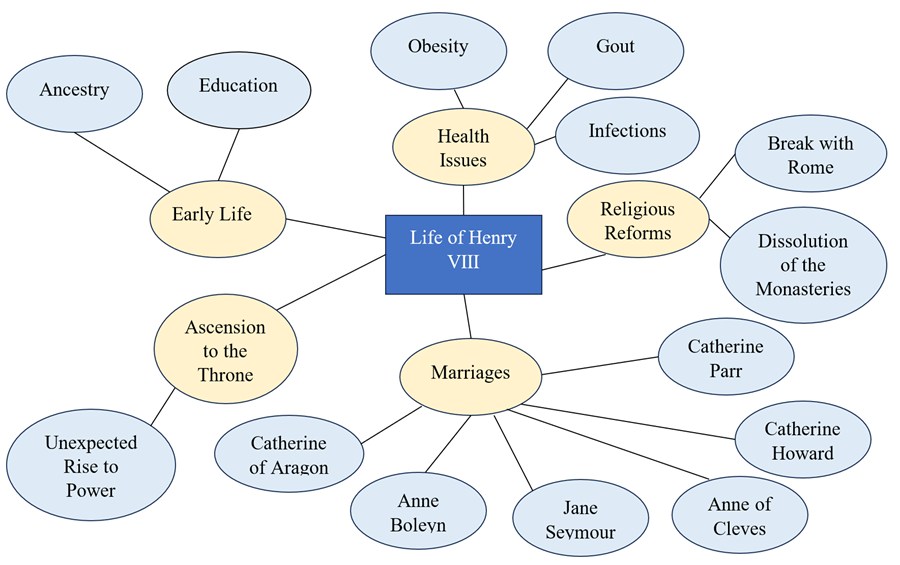 Figure 6: Mind Map of the Life of Henry VIII
Figure 6: Mind Map of the Life of Henry VIIIHow to Get the Most from Mind Maps
Consider the following to enhance your mind mapping experience:
Start with a Central Topic: Place the main subject or concept in the center of the mind map and build outward from there.
Use Color and Images: Utilize colors and images to make the mind map visually engaging and memorable.
Make Connections: Draw lines or arrows to connect related ideas, showing the relationships between different concepts.
Review and Refine: Regularly review and refine your mind maps as you learn more about the topic. This iterative process will help you gain a deeper understanding.
Summary
This guide has explored several visual learning style strategies for adult learners in universities and colleges.
Using visual aids, flashcards, mindful notes, educational videos, and mind maps are all important visual learning style strategies that will enhance your visual learning experience.
By incorporating these strategies into your academic routine, you'll find yourself better equipped to comprehend complex concepts, retain information effectively, and excel in your studies.
Embrace the power of these visual learning style strategies and watch your academic journey flourish with newfound insights and understanding.
Happy learning!
